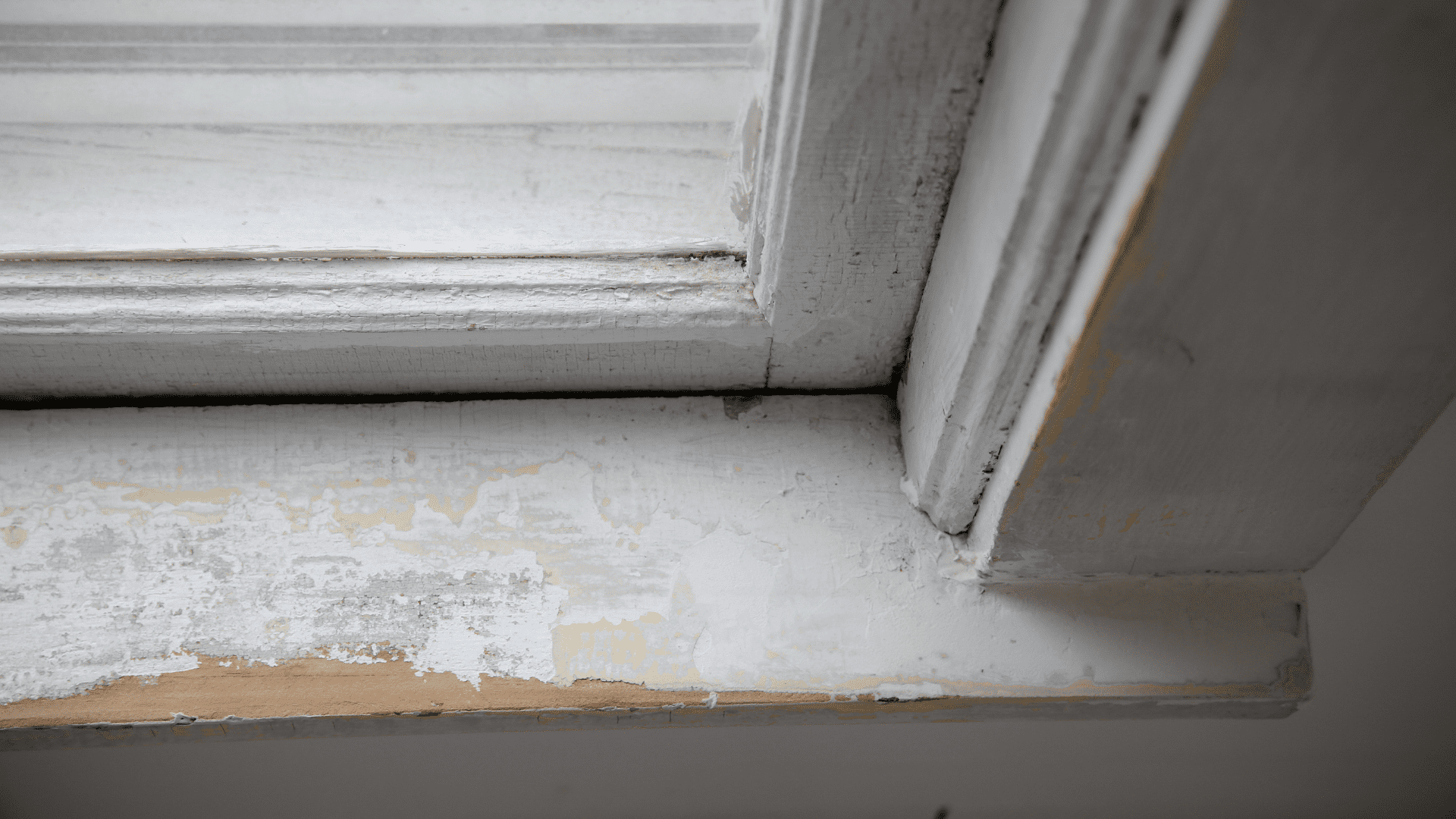
Most people think of their homes as the safest place they can be. However, if you live in an older house, apartment building, or neighborhood, there may be sources of excessive lead in and around your living space that can cause lead poisoning.
Sources of Lead
Here are some of the main sources of lead in and around homes:
- Paint in older houses and buildings. Lead-based paint is the most common source of lead in older homes and buildings. It is most dangerous on surfaces subject to high wear and tear, such as windowsills, doors, door frames, stairs, railings, banisters, and porches. Houses built before 1977 are 24 percent more likely to contain lead paint, and those built before 1940 are 87 percent more likely to contain it. Keep surfaces clean and free of lead dust, and always use a lead-safe certified contractor for any renovations.
- Contaminated soil. The soil in your yard or garden can become contaminated if exterior lead-based paint peels off the walls and becomes embedded in the ground, or if leaded gasoline was used on the property. Lead can also occur naturally in high concentrations. Eating greens and produce that grow in contaminated soil can also cause lead poisoning, as can contact with certain kinds of artificial turf.
- Pipes, faucets, and plumbing fixtures. If the plumbing in or leading to your home from the main water line contains lead parts or becomes corroded, lead can leach into your drinking water at dangerously high levels. Ask your water provider if lead service lines exist in your area, and if so, ask what is being done to make them safer. You can also ask the same utility company to test your water for lead.
Hazards of Lead Poisoning
Regardless of the source or the means of contact, the effects of lead poisoning are the same. How severe the symptoms are depends on the concentration in your body, which is usually highest if you have inhaled lead (for example, in the form of lead dust). Lead poisoning can lead to high blood pressure, heart disease, infertility, kidney disease, and death. Symptoms include:
- Abdominal pain
- Constipation
- Fatigue
- Headaches
- Irritability
- Loss of appetite
- Weakness
- Memory loss
- Pain or tingling in the hands or feet
Pregnant women can also pass lead contamination to their unborn child, which can damage the baby’s nervous system, as children are more sensitive to lead than adults. There is good news, however: you can get financing to remove lead from your home, which means extra peace of mind about your health and your budget.
Get Financing To Remove Lead From Your Home
If you live in Michigan, you can get financing for lead abatement through our Lead Poisoning Prevention Fund (Lead Fund) if you don’t qualify for free services through the Michigan Department of Health and Human Services. Michigan Saves can help keep lead contamination from costing you and your health.
For more information on lead abatement financing, visit our website.


